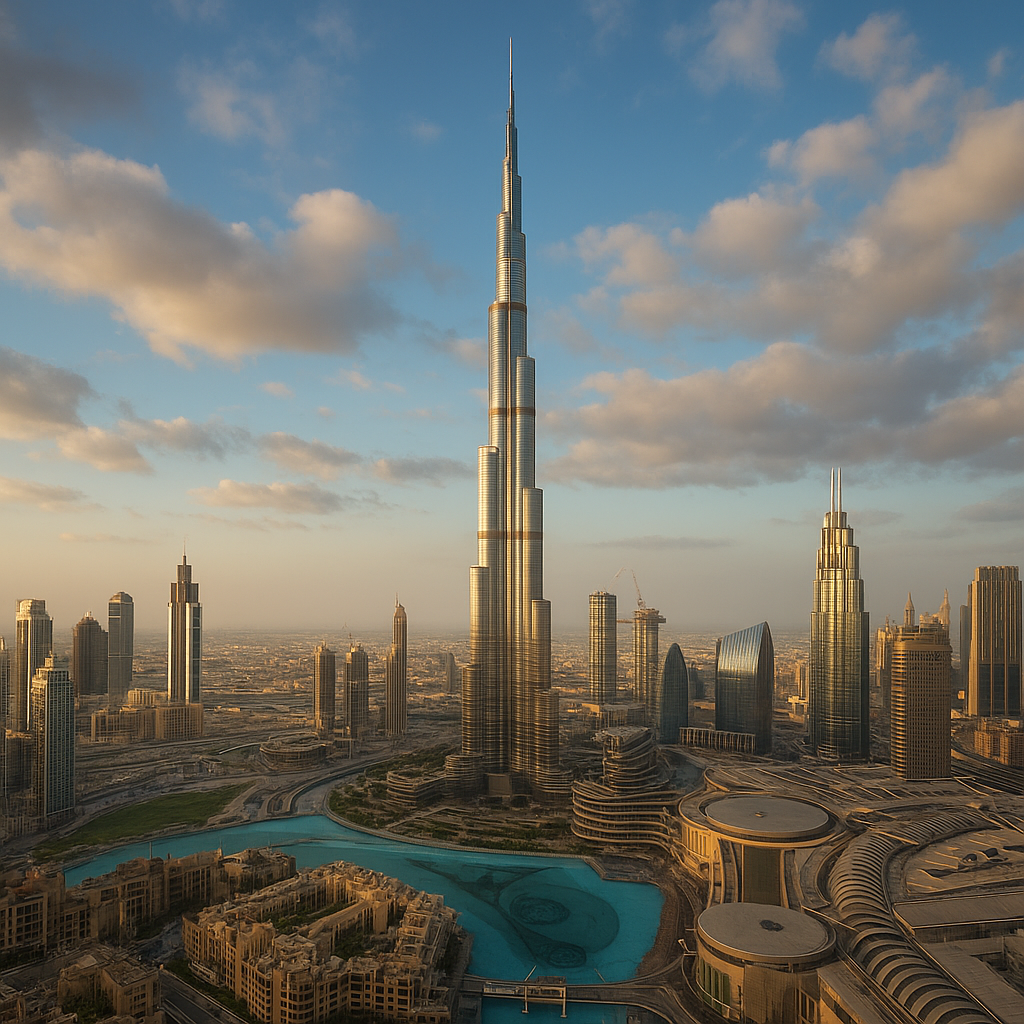Dubai, a city renowned for its futuristic skyline and innovative spirit, is now turning its attention to vertical farming as a sustainable solution to urban agriculture. As the city continues to grow and urbanize, the need for sustainable food production methods has become increasingly important. Vertical farming, which involves growing crops in vertically stacked layers, often integrated into other structures like skyscrapers, offers a promising solution to this challenge.
The Rise of Vertical Farming in Dubai
Vertical farming is not just a trend in Dubai; it is a necessity driven by the city’s unique geographical and environmental challenges. With its arid climate and limited arable land, traditional farming methods are not feasible on a large scale. This has led to a reliance on imported food, which can be both costly and environmentally taxing. Vertical farming presents an opportunity to produce fresh, local produce within the city limits, reducing the carbon footprint associated with food transportation.
Dubai’s government and private sector have recognized the potential of vertical farming and are investing heavily in this innovative agricultural method. The city has seen the development of several vertical farms, each utilizing cutting-edge technology to maximize yield and efficiency. These farms use hydroponics, aeroponics, and aquaponics systems to grow a variety of crops, from leafy greens to herbs and even some fruits.
One of the most significant advantages of vertical farming is its ability to produce food year-round, regardless of external weather conditions. This is particularly beneficial in a city like Dubai, where temperatures can soar to extreme levels, making traditional farming methods challenging. By controlling the environment within these vertical farms, crops can be grown consistently and sustainably.
Technological Innovations Driving Vertical Farming
The success of vertical farming in Dubai is largely due to the technological innovations that have been integrated into these systems. Advanced LED lighting, climate control systems, and automated nutrient delivery systems are just a few examples of the technology that enables vertical farms to operate efficiently. These technologies allow for precise control over the growing conditions, ensuring optimal growth and yield.
LED lighting, for instance, is used to provide the specific wavelengths of light that plants need for photosynthesis. This not only enhances growth but also reduces energy consumption compared to traditional lighting methods. Additionally, climate control systems maintain the ideal temperature and humidity levels, creating a stable environment for plant growth.
Automation plays a crucial role in the efficiency of vertical farms. Automated systems monitor and adjust nutrient levels, pH, and other critical factors in real-time, reducing the need for manual intervention. This not only increases efficiency but also reduces labor costs, making vertical farming a more economically viable option.
Moreover, the integration of data analytics and artificial intelligence allows for continuous monitoring and optimization of the farming process. By analyzing data collected from sensors and other monitoring devices, farmers can make informed decisions to improve crop yield and quality.
Challenges and Future Prospects
While vertical farming offers numerous benefits, it is not without its challenges. The initial setup costs for vertical farms can be high, and the technology required to maintain these systems can be complex. However, as technology continues to advance and economies of scale are realized, these costs are expected to decrease, making vertical farming more accessible.
Another challenge is the limited variety of crops that can be grown in vertical farms. While leafy greens and herbs are well-suited to this method, other crops, such as grains and root vegetables, are more challenging to cultivate in a vertical setting. Research and development are ongoing to expand the range of crops that can be grown using vertical farming techniques.
Despite these challenges, the future of vertical farming in Dubai looks promising. The city’s commitment to sustainability and innovation positions it as a leader in the field of urban agriculture. As technology continues to evolve, vertical farming is expected to play an increasingly important role in Dubai’s food production strategy, contributing to a more sustainable and self-sufficient city.
In conclusion, vertical farming in Dubai’s skyscrapers represents a forward-thinking approach to urban agriculture. By leveraging technology and innovation, the city is addressing its unique challenges and paving the way for a more sustainable future. As vertical farming continues to develop, it holds the potential to revolutionize food production not only in Dubai but in urban centers around the world.









